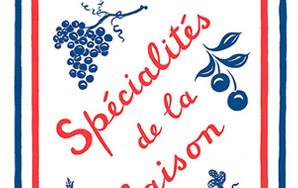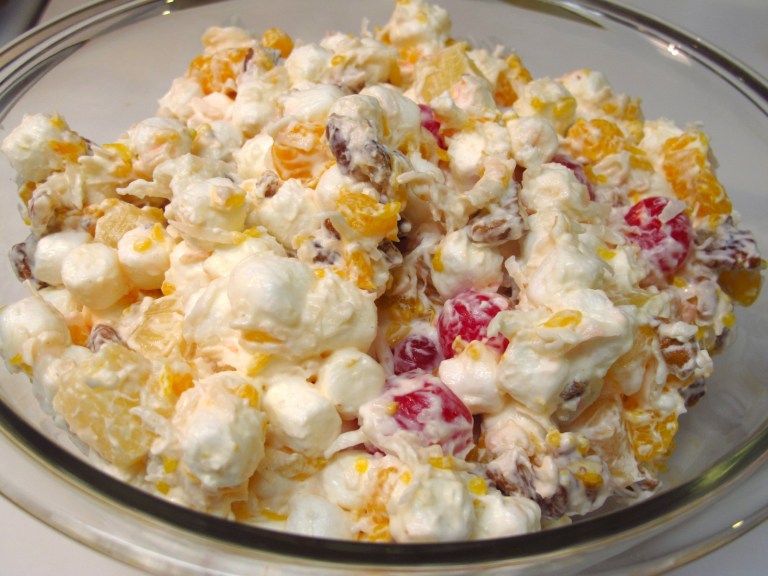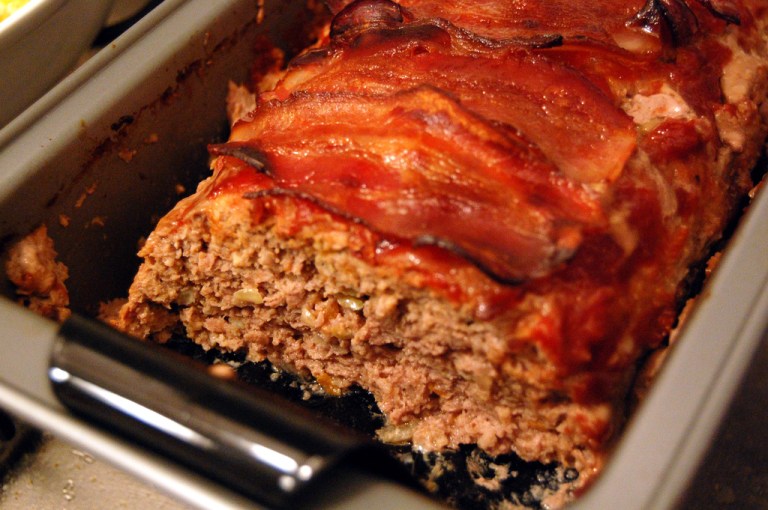American Friends of France: Specialites de la Maison
The list of contributors, some names long forgotten, others alive in legend, is as eccentric and eclectic as the recipes themselves: Elizabeth Arden, Christian Dior, Charlie Chaplin, Clare Boothe Luce, Laurence Olivier, Katherine Hepburn, Salvador Dali, Tallulah Bankhead. It’s a real early twentieth century celebrity parade.Specialites is more than just a fun book to read.…


American Friends of France: Specialites de la Maison
This book is a little historical curiosity. Originally published in the summer of 1940 as the wave of Nazi invasion was breaking over France, it is a collection of 200+ recipes published by the American Friends of France to raise money for the war relief effort. Anne Morgan, daughter of legendary financier J. P. Morgan, organized the project, inviting friends and celebrities to contribute recipes. Not just any recipe, though, and certainly not anything haute cuisine. No, Specialites was designed to be a collection of recipes for meals en famille, Sunday evening suppers of good, plain, substantial, often French fare.
The volume was carefully produced with a sharp eye. Jacket and text illustrations were the work of Clement Hurd who would later illustrate the children’s classic Goodnight Moon. The little book (it’s only 5” x 8”) came wrapped in a red-and-white-checked cloth. And Louis Bromfield, Pulitzer Prize winning novelist, wrote a charming and knowledgeable introduction, puncturing the pretenses of food snobs and advocating regional, native food prepared simply. For Bromfield, “a man indifferent to food not only is uncivilized, he is without a soul.”
Collins Design, an imprint of Harper Collins Publishing, has brought out a facsimile edition (everything but the cloth wrapping), with a witty foreword by Graydon Carter, editor of Vanity Fair, quickly chronicling the radical shifts in what he calls “the culinary landscape” during the last seventy years. Indeed, things have altered very considerably in this age of Atkins, Weight Watcher’s, and Dr Oz.
Specialites offers recipes that throw caution to the winds. Use as many eggs as you please. Add cream, but none of this half-and-half stuff, make it heavy cream or double cream. Choose cuts of meat well-marbled with fat. Butter here, butter there, butter everywhere. Wrap your leg of lamb with thick strips of bacon. Even the dreaded “l” word, lard, appears in lists of ingredients. Excess rules. Something called “du Pont Pate” calls for one turkey, one chicken, six partridges, one pound of salt pork, six pounds of veal, and three pounds of pork. But it “serves seventy-five people,” and indeed it may, if you have the thirty-six+ hours required for preparation.
Recipes, if not exactly and always to contemporary taste, are fascinating: Cheese and Sardine Mousse; Cheese Soup; Crab Stew; Cold Roquefort Souffle; Russian Meat Loaf; Breast of Chicken Hongroise; Sweetbread Salad; Hazelnut Cake; Salamander Pudding. Preparing Conde Nast’s recipe for baking Smithfield Ham takes two days. As Carter points out, Anita Loos’ recipe for Liverburgers is classic; here it is:
Grind uncooked liver. Knead into it a slice of bread soaked in cream. Season to taste with little chopped onion. Drop in spoonfuls into hot olive oil and fry. Serve with crisp bacon and hashed-in-cream potatoes.
And Christian Dior’s recipe for leg of lamb (“Gigot a la Perigord”), with its requirements for truffles, French bacon, spices and salt pork for wrapping the meat, would give any self-respecting cardiologist an apoplectic seizure.
The recipes are not for beginners, but for those willing to experiment a bit, to submit to the old trial and error method. Ingredients are sometimes given in approximations (add a “suggestion of nutmeg” to “Mrs George Washington’s Crab Soup”) or just listed without measure (Lynn Fontanne’s recipe for “Broiled Duckling” reads: “Small duck; salt; pepper; flour; ginger; butter”), so you’re on your own. Oven temperatures and baking/cooking times are not always precise (“cook slowly in oven”; “broil until flecked with gold,” poetic but a little tricky). Directions can be a trifle vague (spread sandwich bread with “just a suspicion of mayonnaise so it will hold’). But despite the Publisher’s Note on the copyright page (“the recipes and cooking instructions have been re-created here exactly as they appeared in the original book. HarperCollins Publishers has neither tested nor guarantees that they are fully compatible with contemporary cooking methods”), be bold.
The list of contributors, some names long forgotten, others alive in legend, is as eccentric and eclectic as the recipes themselves: Elizabeth Arden, Christian Dior, Charlie Chaplin, Clare Boothe Luce, Laurence Olivier, Katherine Hepburn, Salvador Dali, Tallulah Bankhead. It’s a real early twentieth century celebrity parade.
Specialites de la Maison is more than just a fun book to read. It is an historical document of some content and value giving a real sense of the state of American cuisine before World War II, before the culinary revolution launched by James Beard and Julia Child. Granted, it documents upper middle and celebrity class taste and eating habits, but nonetheless it is a valuable cultural and anthropological record. And some of the recipes look well worth trying: I’m on my way to the market now to get the ingredients for Katharine Hepburn’s “Chicken Burgundy Style”: 2-3lb chicken, 1 medium carrot, ½ leek, 1 clove of garlic, 1 cup of heavy cream. . . Read Specialites to complete your shopping list and have fun. ![]()




